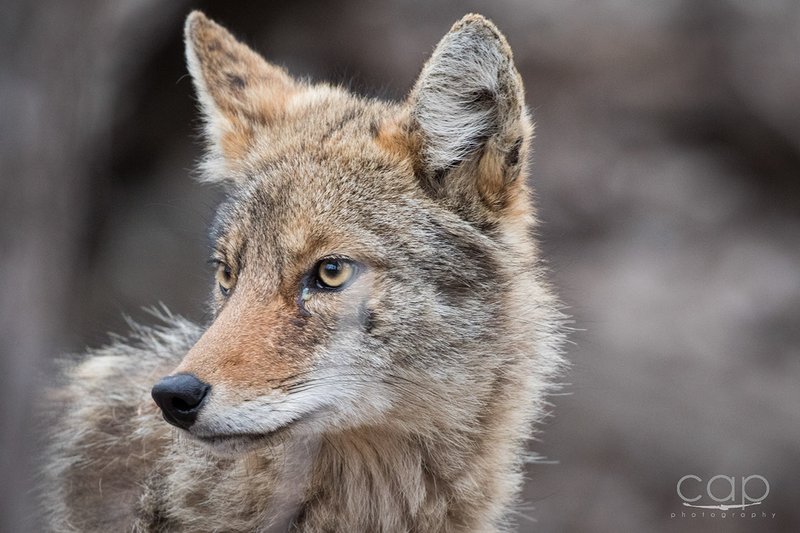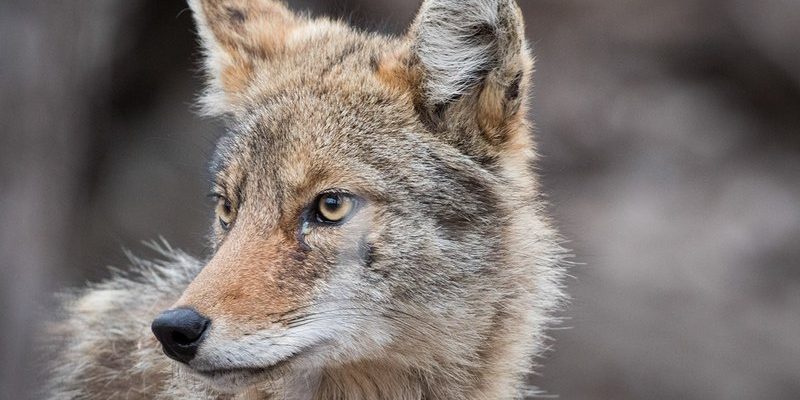
Coyote populations have experienced a rollercoaster journey over the years. While they were once hunted nearly to extinction, now they thrive in a variety of landscapes—from urban areas to the untouched wilderness. This adaptability raises an important point: are they really at risk, or have they found a way to coexist with humans? Let’s dig deeper into the status of coyotes and what it means for conservation efforts around the globe.
Understanding Coyote Populations
Coyote populations are quite dynamic. They are not only resilient but also remarkably adaptable. From the deserts of the Southwest to the forests of the Northeast, these animals have carved out a niche for themselves in a variety of habitats. As omnivores, their diet consists of everything from small mammals and birds to fruits and even human food scraps. This flexibility in diet allows for their survival in diverse environments.
Interestingly, coyotes have expanded their territory significantly since the early 20th century. They have moved into urban spaces, adjusting to human presence and changing landscapes. In some cases, they even thrive alongside us, utilizing our parks and green spaces as their hunting grounds. Their ability to adapt to urban life is both fascinating and concerning, as it brings them into closer contact with people and pets.
The Conservation Status of Coyotes
When we talk about whether coyotes are endangered, it’s important to note their conservation status varies by region. In the United States, coyotes are classified as a least concern species. This means they are currently not at risk of extinction. Populations are stable or increasing in many areas, thanks in part to protections that have emerged over the years.
However, this doesn’t mean that all is well in the world of coyotes. In certain regions, such as parts of the Eastern United States, they face threats from habitat loss and human-wildlife conflict. It’s a delicate balance—while many populations flourish, others struggle against obstacles created by urban development and agriculture.
Human Interactions and Their Impact
You might be thinking, “How do humans really affect coyotes?” Well, it’s a bit of a mixed bag. On the one hand, hunting and trapping formed a significant threat to coyotes in the past, driving their numbers down. Today, however, the story is different. As coyotes adapt to urban environments and people learn to coexist with them, there are fewer reasons for conflict.
Nevertheless, negative interactions still occur. Coyotes can prey on pets, and their presence in urban areas sometimes causes fear among residents. Understanding their behavior is vital for peaceful coexistence. For example, knowing that coyotes are more active during dawn and dusk can help pet owners take precautions during those times.
Conservation Efforts and Success Stories
While coyotes are currently not endangered, conservation efforts are still crucial for maintaining their populations and habitats. Organizations focused on wildlife management often emphasize education and awareness. Teaching communities about coyotes—how they behave and interact with the environment—can foster understanding and acceptance.
There are also success stories where coyote populations have been positively impacted by focused efforts. For instance, habitat restoration projects that enhance natural spaces allow coyotes to thrive without encroaching on human territories. In areas where coyotes have been made a part of management plans, their populations have stabilized, proving that smart conservation strategies work.
The Role of Coyotes in Ecosystems
Coyotes are key players in maintaining balanced ecosystems. As predators, they help control populations of smaller mammals, which in turn affects plant life and the overall health of the environment. Think of them as nature’s balance keepers—when their numbers are stable, ecosystems tend to flourish.
On the flip side, if coyote populations were to dwindle significantly, it could lead to overpopulation of their prey species. This can disrupt the natural balance, leading to overgrazing and other ecological problems. Understanding these intricate relationships highlights the importance of protecting coyotes, even if they aren’t currently considered endangered.
Future Outlook for Coyotes
So, what does the future hold for coyotes? Honestly, their adaptability is a hopeful sign. As long as they continue to adjust to changing environments, we can expect their populations to remain stable. However, ongoing attention and proactive management will be essential.
Challenges like climate change, habitat disruption, and urban expansion could present issues down the line. Conservationists stress the importance of continuous monitoring and community involvement in preserving habitats that support coyote populations. When we recognize the value of these animals, we can work together to ensure a future where both coyotes and humans can coexist peacefully.
Final Thoughts
In summary, while coyotes are not currently endangered, their status is a reminder of the ongoing complexities of wildlife conservation. Their story reflects a broader narrative about the importance of biodiversity and the delicate interplay between humans and nature. By understanding and respecting these creatures, we contribute to a healthier ecosystem for all. So, next time you spot a coyote, remember that they’re not just characters in cartoons but vital components of our wild world. Let’s keep it that way!

